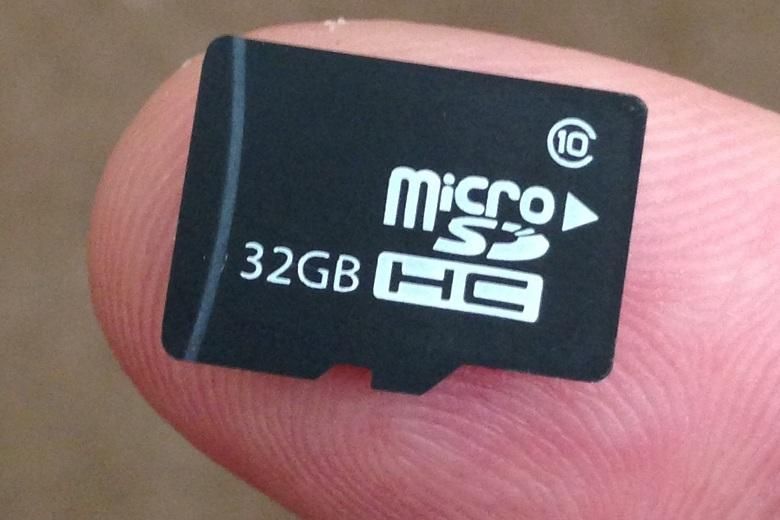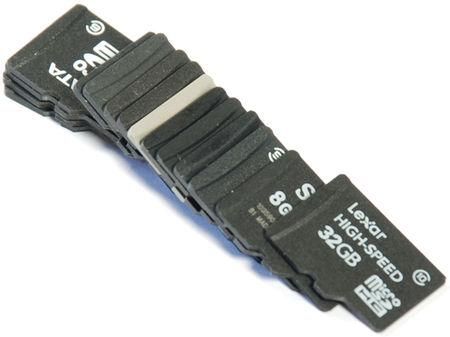Ahh the great debate. Memory card slot vs. no memory card slot. HTC One vs. Samsung GS4. Lumia 920 vs. Lumia 820. We’ve heard over and over that a memory card is or isn’t important when it comes to a device. The main reason for being anti-memory card is, “It doesn’t really save you anything because apps can’t install to anything but the primary drive. And that’s all fine and good if you choose to not explore the full capabilities of your phone.
Recently, the Pocketnow staff wrote opinions on whether we felt the HTC One was a better device or the GS4. To a man, we almost all agreed that the HTC One was the better device. That being said (and I mentioned this in the comments of that thread) if I was given $200 and told to go buy a new phone today, I would plop my money down for the GS4. I believe that overall the One is a better device, but the GS4 can do more that is relevant to me. And much of that centers around the microSD slot.
Better to Have It
I’m an avid geocacher. I use a Garmin Oregon 450 as my primary GPS device, when I’m not using my GSIII that is. It is not at all uncommon for me to use the memory slot in my phone in all manner of ways while out geocaching. The most prominent example is what’s known as a pocket query. A pocket query is a file you can download from Geocaching.com that contains all the information you could ever need about a geocache you might be looking for. The most common way of putting a pocket query on your GPS is to plug it into your computer and copy the file over. But what if you’re in the field?
With a GSIII, and a file manager, I can download the pocket query from Geocaching.com, save it to my phone, and move the file over to the microSD card. Then I pop the card into my GPS and go. Easy peasey. Granted, this isn’t the most convenient way of doing things, but it’s very helpful when your caching plans change, or if new caches are published.
This past weekend, while out on a geocaching trip 150 miles away from home or the nearest computer, my friend’s GPS decided to stop reading the geocaches from her memory card. The map still worked, but there were no caches to be had. This was of course a disaster of epic proportions, but I just took her SD card and popped it into my phone. Long story short, a bit of file manipulation here and there and voila, caches returned.
I couldn’t do that on an HTC One. Of course, I couldn’t do that on a Lumia 820 either. Windows phone doesn’t support the same kind of file manipulation software, so in that respect, a Windows phone with memory card slot would not have helped. But this is especially important on an Android device which allows for that kind of thing to happen. This is why I will probably never use an HTC One as a daily driver.
Removable Memory Card = Win For All
Pick a card…
Now some of you might be thinking, “That’s a pretty specific use case. I don’t geocache, so why should I care?” Well, first of all, you should geocache, because it’s awesome. Second of all, that is not the only case where this is useful. Data transfer and manipulation is what we’re talking about here. Even more specifically, we’re talking about the ability to get data to and from your device, and to and from other devices via your phone. In a world where you don’t have to carry around cables, and install drivers, and the like, memory cards are just really useful. For example, in a situation where you’re at a friend’s house and they have some kind of spyware infection going on. Download the spyware remover of your choice via your phone and save it to the SD card. Then pop the SD card into your friend’s computer and scan til you can’t scan no more.
Also, in a more global use-case scenario, most smartphones that can support microSD cards can also save one huge memory gobbler on your phone – photos. Android and Windows Phone both support the ability to save photos to your memory card directly, as opposed to on-device. In a world where most phones have 8+ megapixel cameras (cough cough HTC One Cough) that can add up quickly. Sure, you may not be able to install apps to the memory card, but saving all of your photos to one will surely help you extend the usefulness of your internal storage. Oh, and what’s that? You want to print a picture you just took and you simply cannot wait to get home? Head on over to your local photo store and pop your memory card into their printer. Done.
Another convenient aspect of memory cards it their swapability. One could keep a phone loaded with all the best Metallica and Anthrax hits, but when faced with a three hour plane trip with the little ones could swap that card out for a memory card full of Disney classics. Or keep your workout music on a different card than your binge-eating music.
I’m Right In This
Now I know this won’t convince most naysayers. This is unfortunate, because removable storage is tiny and cheap. There is almost no reason not to include in on a device. It’s better to have it and not need it, than to need it in Grand Rapids, Michigan with a funky, freaking out GPS and not have it, as my friend can attest to. But hopefully this might help you gain some insights to allow you to more fully utilize you device, or allow you to more properly weigh the potential importance of a feature that is so frequently poo-poo’ed by those who say it’s overrated.
I say it’s under utilized. So what use-cases can you think of? Has a micoSD slot ever gotten you out of an unexpected electronic pickle? Or do you agree with those who say it’s a meh feature?


